Home>diy>Planning & Engineering>How To Remove Walls In Landscape Architect 2016
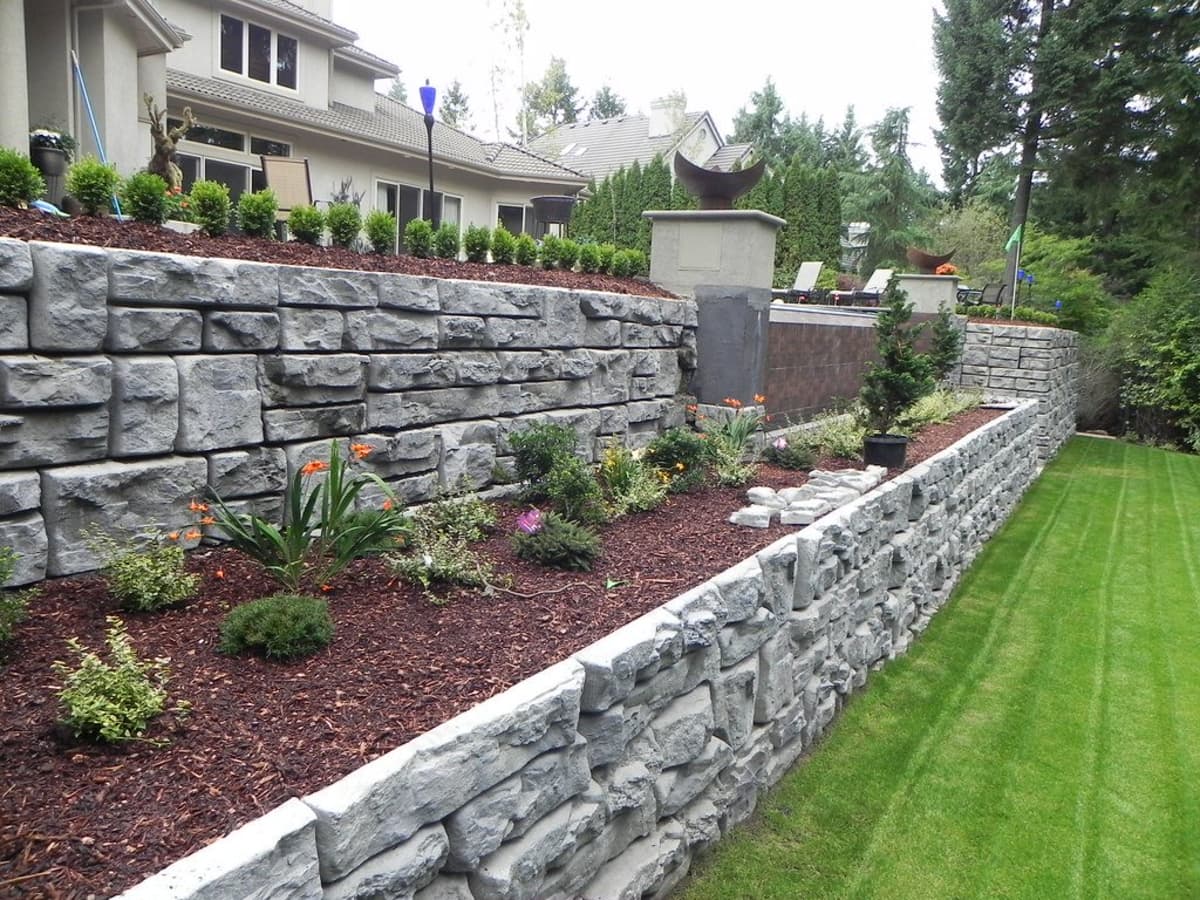

Planning & Engineering
How To Remove Walls In Landscape Architect 2016
Modified: December 7, 2023
Learn how to remove walls in landscape architecture using effective planning and engineering techniques in Landscape Architect 2016. Enhance your skills and create stunning outdoor spaces.
(Many of the links in this article redirect to a specific reviewed product. Your purchase of these products through affiliate links helps to generate commission for Storables.com, at no extra cost. Learn more)
Introduction
Welcome to the world of landscape architecture! If you’re planning to remove walls in a landscape project, you’ve come to the right place. In this article, we will guide you through the process of removing walls while ensuring safety, obtaining necessary permits, and restoring the site to its original beauty.
Removing walls in a landscape can transform the overall look and feel of the space. Whether you’re renovating your backyard, redesigning a public park, or working on a commercial project, the removal of walls can create a more open and inviting environment.
However, it’s important to approach wall removal with careful planning and consideration. Before you start swinging sledgehammers, it’s crucial to assess the landscape, understand local regulations, create a plan, and ensure the safety of both workers and the surrounding environment.
In this article, we will cover each step of the process in detail, providing you with the knowledge and guidance necessary to tackle your wall removal project successfully. So, let’s dive in!
Key Takeaways:
- Transform your landscape by removing walls to create open, inviting spaces, enhance views, and improve accessibility. Careful planning, safety measures, and compliance with regulations are essential for a successful project.
- Prioritize safety, obtain necessary permits, and create a detailed plan before removing walls in your landscape. Execute the demolition process with caution, and focus on site cleanup and restoration for a visually appealing outcome.
Step 1: Assessing the Landscape
Before you begin removing walls in your landscape, it’s important to thoroughly assess the area. This step will help you understand the current layout of the space, identify any potential obstacles, and determine the best approach for removing the walls.
Start by conducting a site survey to gather all the necessary information about the landscape. This may include measuring the dimensions of the walls, noting any existing structures, and evaluating the overall condition of the site.
Next, consider the purpose of removing the walls. Are you looking to create more open space? Do you want to enhance the view or improve accessibility? Understanding the objectives will help you make informed decisions when it comes to the design and execution of the project.
Additionally, take note of any potential challenges that may arise during the wall removal process. Are there any underground utilities or drainage systems that need to be considered? Are there any neighboring properties that may be affected by the removal? Assessing these factors will help you develop a comprehensive plan and avoid any potential complications later on.
It’s also crucial to assess the structural integrity of the walls you plan to remove. Determine if the walls are load-bearing or if they provide any necessary support to other structures. If the walls are load-bearing, alternative methods may need to be considered to ensure the stability of the surrounding area.
Lastly, consider the impact of the wall removal on the overall aesthetics of the landscape. Does the removal align with the desired design style? Will it enhance or detract from the overall visual appeal? It’s important to balance functionality with aesthetics to create a cohesive and harmonious landscape.
By thoroughly assessing the landscape, you will have a clear understanding of the project scope and be better prepared to move on to the next steps of obtaining permits and permissions.
Step 2: Obtaining Permits and Permissions
Before you can proceed with removing walls in your landscape, it is essential to obtain the necessary permits and permissions from the appropriate authorities. This step ensures that you comply with local regulations and maintain the safety and integrity of the project.
Start by researching the specific requirements and regulations in your area. Contact your local building department or municipality to inquire about the permits and permissions needed for wall removal in a landscape. They will provide you with the necessary information and application process.
Depending on the scope of your project, you may need to acquire different permits. This can include demolition permits, construction permits, or even permits for working near utility lines. Be prepared to submit detailed plans, drawings, and any other documentation required to obtain the permits.
It is crucial to engage with the appropriate professionals and consultants during this process. This could include architects, engineers, or landscape designers who can review your plans and ensure compliance with safety codes and regulations. They can also assist in preparing the required documentation for permit applications.
Additionally, if the property is subject to any homeowners’ association (HOA) regulations, it’s important to consult with them and obtain their approval before proceeding with the wall removal. HOA guidelines may have specific rules or design standards that need to be followed.
Keep in mind that acquiring permits and permissions may take some time, so it’s important to start the process early in your project timeline. Delays in obtaining permits can impact the overall schedule, so plan accordingly.
Once you have obtained the necessary permits and permissions, you can move forward with confidence, knowing that you are acting in compliance with local laws. The next step is to create a detailed plan for wall removal, taking into account all the information gathered during the assessment phase.
Step 3: Creating a Plan for Wall Removal
Creating a comprehensive plan is essential before you begin the actual removal of walls in your landscape. This step involves taking the information gathered from the assessment and incorporating it into a detailed roadmap for the project.
Start by sketching out the desired layout of the landscape after the wall removal. Consider factors such as open space, accessibility, and the flow between different areas. The plan should reflect the functionality and aesthetic goals of the project.
Next, break down the wall removal process into smaller tasks. Identify the tools, equipment, and resources required for each stage. This may include materials for temporary support structures, heavy machinery for demolition, and waste disposal options.
Consider the timeline for the project and establish milestones based on the complexity and size of the walls. Having a clear timeline will help you stay organized and ensure that each step is completed efficiently.
Incorporate safety measures into your plan as well. Assign responsibilities for site safety, including the use of personal protective equipment (PPE) and adherence to proper demolition techniques. Prioritize the safety of your workers and anyone in the vicinity during the removal process.
Consult with professionals, such as structural engineers or architects, to ensure that your plan aligns with safety standards and regulations. They can provide guidance on structural modifications, temporary support structures, and any necessary reinforcements to ensure the stability of the surrounding landscape.
Consider the potential environmental impact of the project and plan accordingly. Implement strategies for minimizing dust, noise, and disruption to nearby areas. Also, explore possibilities for recycling or repurposing materials from the demolished walls, promoting sustainability in the process.
Lastly, create a budget for the project. Consider expenses such as labor, materials, permits, and any professional consultations. Sticking to a budget will help you manage costs and avoid any financial surprises along the way.
By creating a detailed plan, you will have a clear roadmap for the entire wall removal process. This will help you stay organized, ensure all necessary measures are taken, and streamline the overall project execution.
Before removing any walls in Landscape Architect 2016, make sure to back up your project to avoid any data loss. Then, use the appropriate tool in the software to select and delete the walls carefully to maintain the integrity of the landscape design.
Step 4: Ensuring Safety During Wall Removal
When it comes to removing walls in your landscape, safety should always be the top priority. This step focuses on implementing safety measures to protect both the workers involved in the project and the surrounding environment.
First and foremost, ensure that all workers involved in the wall removal process are properly trained and equipped with the necessary knowledge and skills. This includes understanding proper demolition techniques, handling of equipment, and use of personal protective equipment (PPE) such as hard hats, gloves, and safety glasses.
Prior to starting any demolition work, conduct a thorough inspection of the site. Identify any potential hazards, such as unstable structures, electrical lines, or underground utilities. Take appropriate measures to address these hazards, such as isolating utilities, blocking access to hazardous areas, or reinforcing structures where necessary.
Establish clear communication protocols among the team members. Use radios or other effective means of communication to ensure everyone involved is aware of any changes or potential risks during the wall removal process. This will help facilitate coordination and prevent accidents or injuries.
Implement proper waste management practices to dispose of debris and construction materials. Set up designated areas for waste disposal and ensure that all waste is properly contained and removed from the site. Follow local regulations and dispose of materials in an environmentally responsible manner.
Consider the impact of noise and dust on the surrounding environment and neighboring properties. Implement measures to minimize noise, such as using noise barriers or working during certain hours to mitigate disturbances. Use dust suppression techniques, such as dampening the area or using dust control equipment, to minimize the release of dust particles.
Regularly inspect and maintain any equipment used during the wall removal process. Ensure that tools and machinery are in proper working condition and follow manufacturer guidelines for safe operation. Regularly check for signs of wear and tear, and replace or repair equipment as necessary.
Lastly, conduct regular safety meetings and provide ongoing safety training to the entire team. Emphasize the importance of following safety protocols and encourage an environment of open communication where workers can report any safety concerns or observations.
By prioritizing safety throughout the wall removal process, you can ensure a smooth and accident-free project execution. The next step in the process is the actual demolition of the walls.
Step 5: Demolition Process
With the necessary safety measures in place, it’s time to move on to the actual demolition of the walls. This step involves careful execution of the removal process to ensure a successful and efficient outcome.
Start by identifying the appropriate tools and equipment needed for the demolition. Depending on the size and composition of the walls, this may include sledgehammers, jackhammers, demolition saws, or even heavy machinery such as excavators or cranes. Ensure that all tools and equipment are in good working condition.
Before commencing the demolition, protect the surrounding area by covering nearby surfaces with durable protective materials. This will help prevent damage to other structures, plants, or any elements that need to be preserved.
Begin the demolition process by carefully removing any fixtures or attachments on the walls, such as lighting fixtures or signage. Take precautions to avoid damaging any surrounding structures or utilities.
When demolishing the walls, start from the top and work your way down. Use proper techniques to break down the walls systematically. This may involve using sledgehammers to create cracks or openings and then gradually tearing down the remaining sections.
As you proceed with the demolition, be cautious of any hidden surprises that may be present within the walls, such as electrical wiring, plumbing, or hazardous materials. If you come across any unexpected elements, pause the demolition process and consult with professionals to handle those specific situations.
Ensure that all workers involved in the demolition wear the necessary personal protective equipment (PPE) and follow proper safety protocols. Maintain clear communication and coordination to avoid accidents and ensure everyone’s safety.
If the walls are load-bearing or provide structural support for other elements, you may need to introduce temporary support structures to maintain stability during the removal process. Consult with a structural engineer to determine the best approach for this type of situation.
Throughout the demolition process, regularly inspect the site for any potential hazards or issues that may arise. Address any concerns immediately and take corrective action as needed.
Once the walls have been successfully demolished, carefully remove all debris and waste from the site. Properly dispose of materials in accordance with local regulations and environmental guidelines.
By following a systematic approach and implementing proper safety measures, you can execute the demolition process efficiently and effectively. The next step is to clean up and restore the site to its original condition.
Step 6: Site Cleanup and Restoration
After the walls have been successfully demolished, it’s time to focus on site cleanup and restoration. This step involves removing debris, restoring the landscape, and ensuring that the site is left in a clean and presentable condition.
Begin by clearing the area of any remaining debris from the demolition process. Use appropriate tools and equipment to collect and dispose of the waste properly. Be mindful of recycling options for materials that can be repurposed or reused.
Inspect the surrounding landscape for any damage that may have occurred during the demolition. Repair any disrupted pathways, damaged plants, or irrigation systems. Replace any temporary support structures with permanent solutions as needed.
Consider the visual aesthetics of the newly opened space and determine any additional landscaping or design elements that may enhance its overall appearance. This could include planting new trees, shrubs, or flowers, installing decorative elements, or reconfiguring pathways or seating areas.
If any modifications have been made to the utilities or drainage systems during the wall removal process, ensure that they are restored to proper functioning. Test the systems to confirm that they are working efficiently.
Ensure that the site is left in a safe condition, free of any potential hazards or obstacles. Remove any remaining construction materials, tools, or equipment from the area.
Consider conducting a final inspection of the site to ensure that all aspects of the cleanup and restoration have been completed to satisfaction. This includes verifying that the original objectives of the project have been achieved and that the newly created space meets the desired design and functionality goals.
As a final touch, consider documenting the transformation by taking before and after photographs. This can serve as a valuable record of your project and showcase the remarkable changes that have been made.
By dedicating time and effort to site cleanup and restoration, you ensure that the project is fully completed and that the landscape is left in a pristine and visually appealing state.
Congratulations, you have successfully completed the entire process of removing walls in your landscape! It’s time to sit back, relax, and enjoy the transformed space you have created.
Conclusion
Removing walls in a landscape can be an exciting and transformative process. It allows you to create open and inviting spaces, enhance views, and improve accessibility. However, it’s crucial to approach this project with careful planning, consideration of safety measures, and adherence to local regulations.
In this article, we walked you through the step-by-step process of removing walls in a landscape. We started with assessing the landscape, understanding the objectives of the project, and identifying any potential challenges. Then, we discussed the importance of obtaining the necessary permits and permissions, ensuring compliance with local regulations and guidelines.
Creating a detailed plan for wall removal was emphasized as an essential step in the process. This involved considering the desired layout, breaking down tasks, and implementing safety measures. By following these guidelines, you can execute the project efficiently and effectively.
We also highlighted the importance of ensuring safety during the wall removal process. This includes providing proper training and equipment for workers, addressing potential hazards, and maintaining communication and coordination throughout the project.
The demolition process itself requires careful execution, utilizing the appropriate tools and techniques. It’s essential to be mindful of any unexpected elements within the walls and to follow proper safety protocols.
After the walls have been successfully removed, site cleanup and restoration are necessary to return the landscape to its original condition. This involves removing debris, repairing any damages, and enhancing the visual aesthetic of the space.
In conclusion, removing walls in a landscape can be a rewarding endeavor when approached with careful planning, adherence to safety measures, and attention to detail. By following the steps outlined in this article, you can successfully transform your landscape and create a more inviting and functional space.
Remember, always consult with professionals, such as architects, engineers, or landscape designers, when necessary, and comply with local regulations to ensure a smooth and successful outcome. Happy wall removal!
Frequently Asked Questions about How To Remove Walls In Landscape Architect 2016
1. Open your landscape design project in the software.
2. Locate the wall or walls you want to remove.
3. Use the editing tools to select the walls and delete them from the design.
4. Make any necessary adjustments to the surrounding elements to ensure a seamless transition.
Was this page helpful?
At Storables.com, we guarantee accurate and reliable information. Our content, validated by Expert Board Contributors, is crafted following stringent Editorial Policies. We're committed to providing you with well-researched, expert-backed insights for all your informational needs.

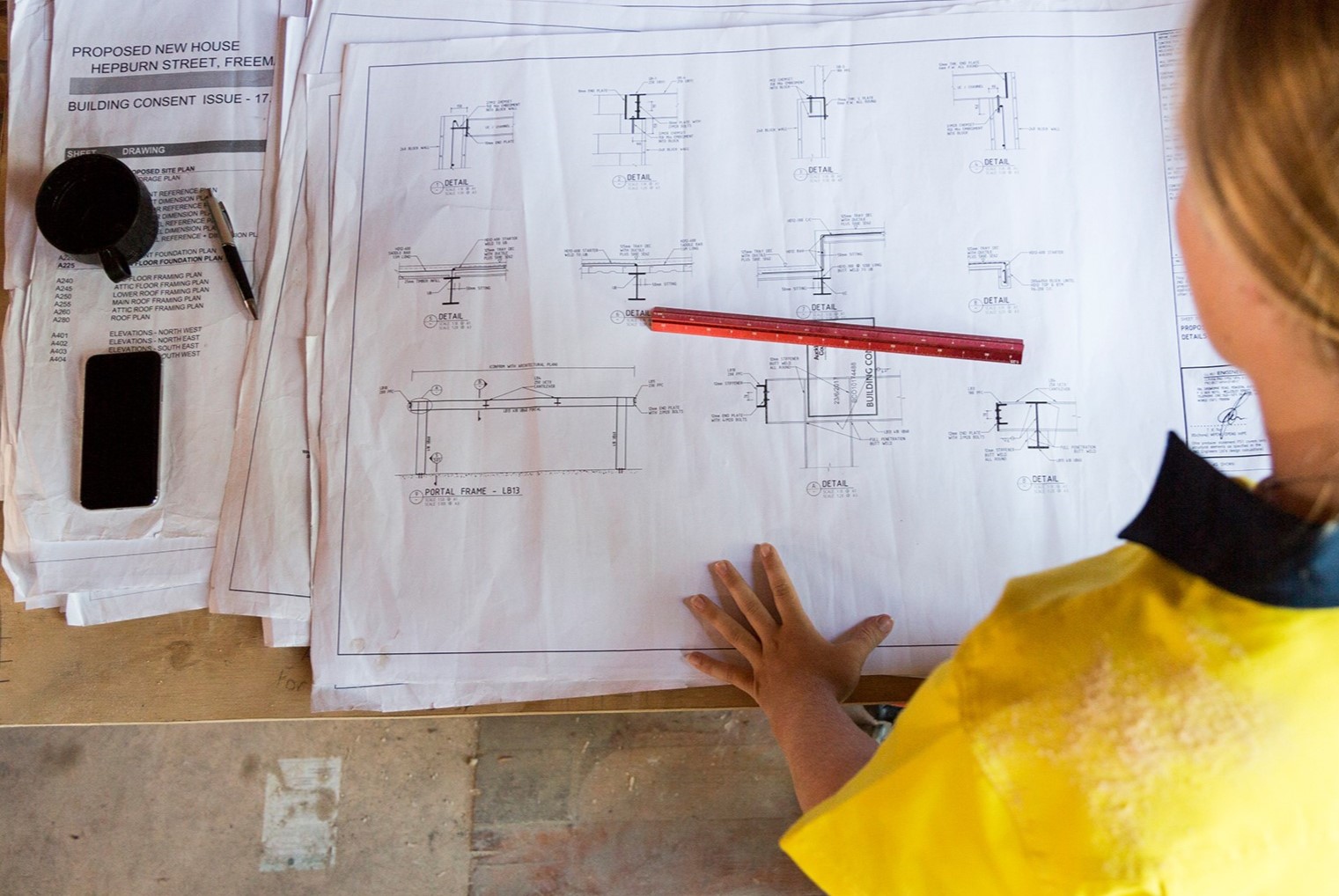
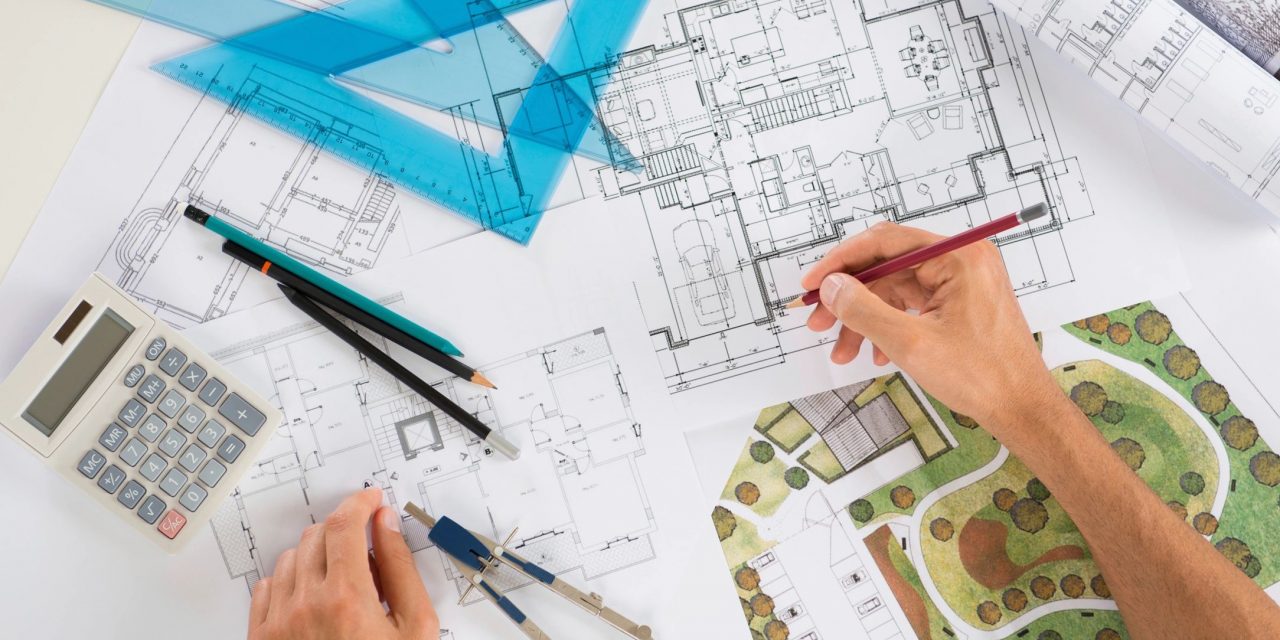
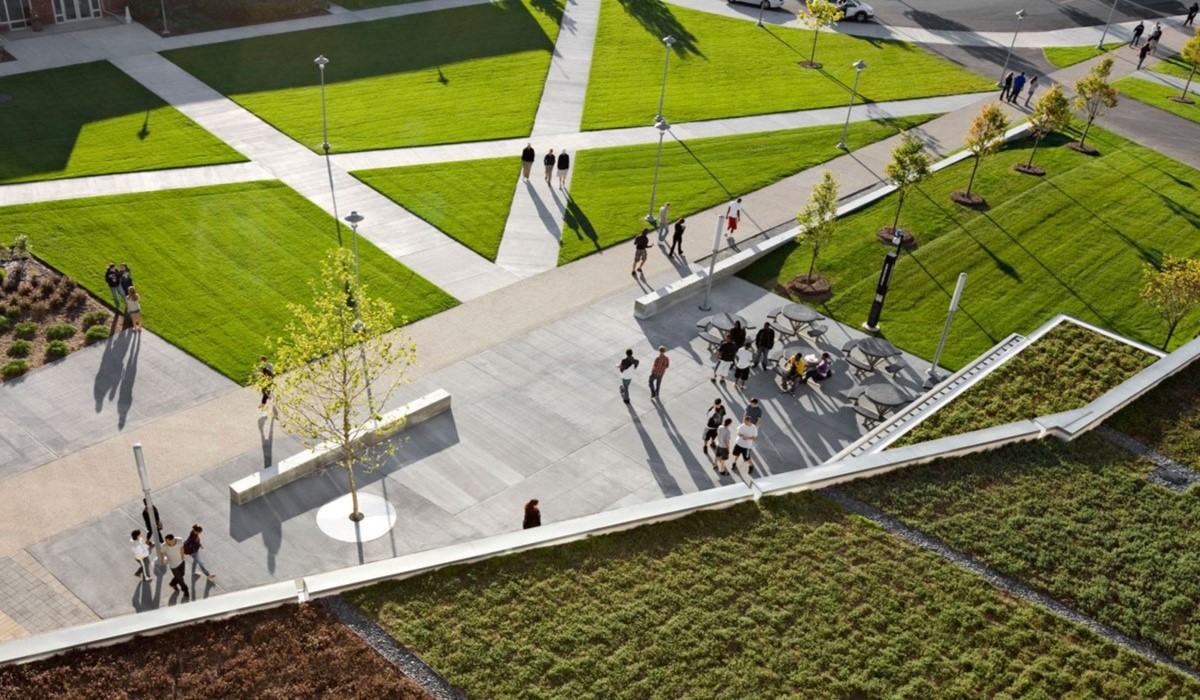
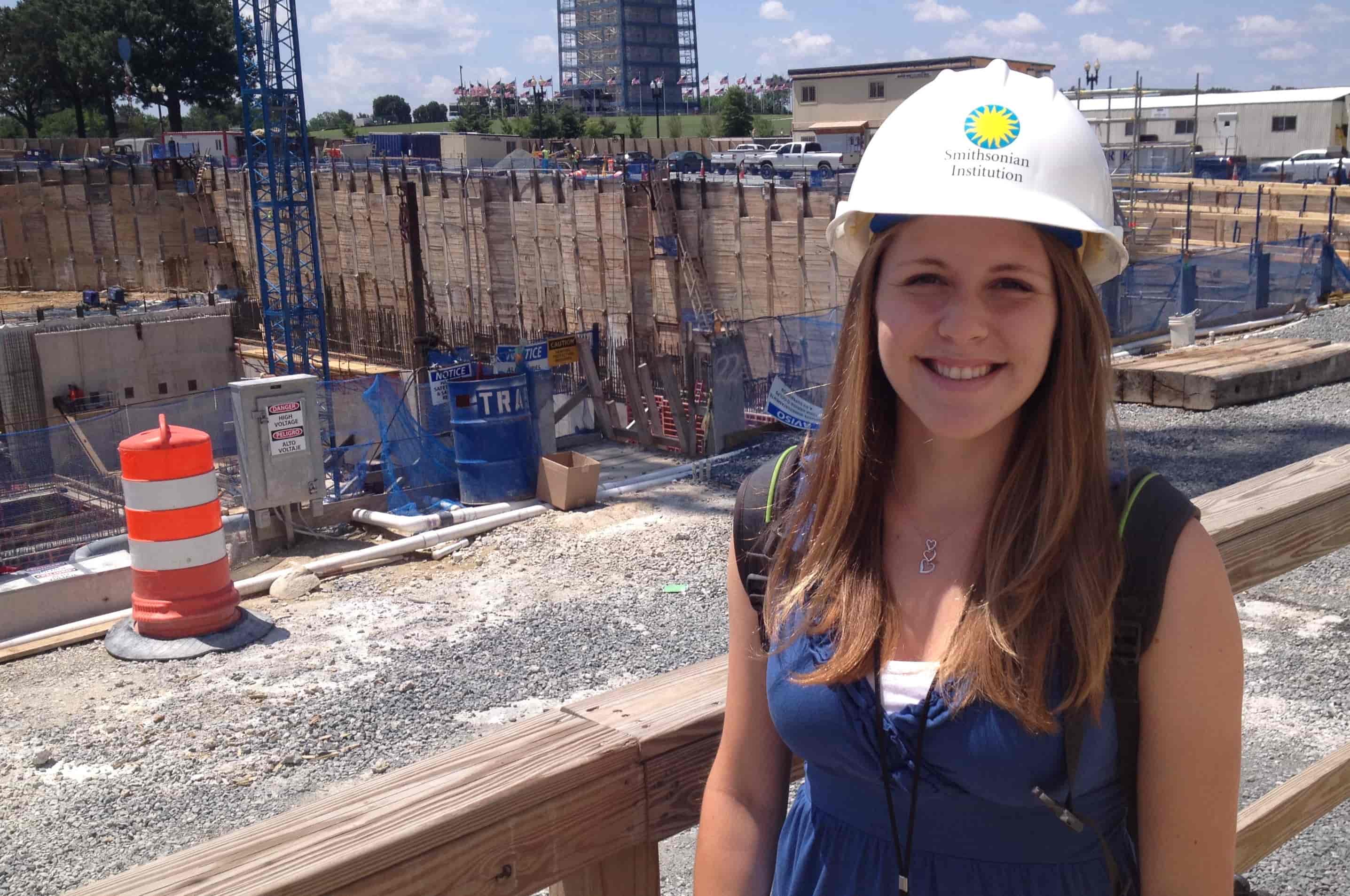



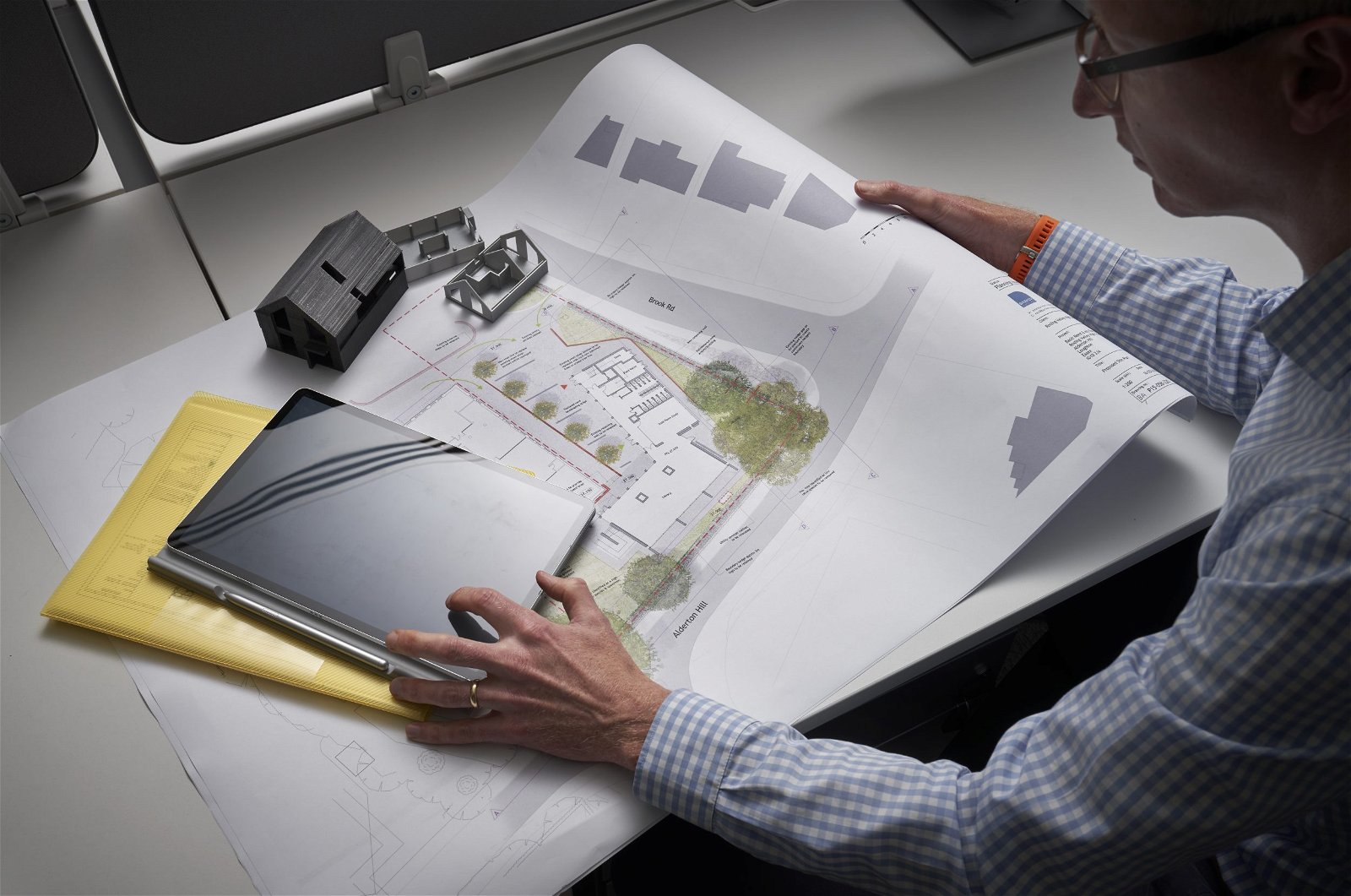

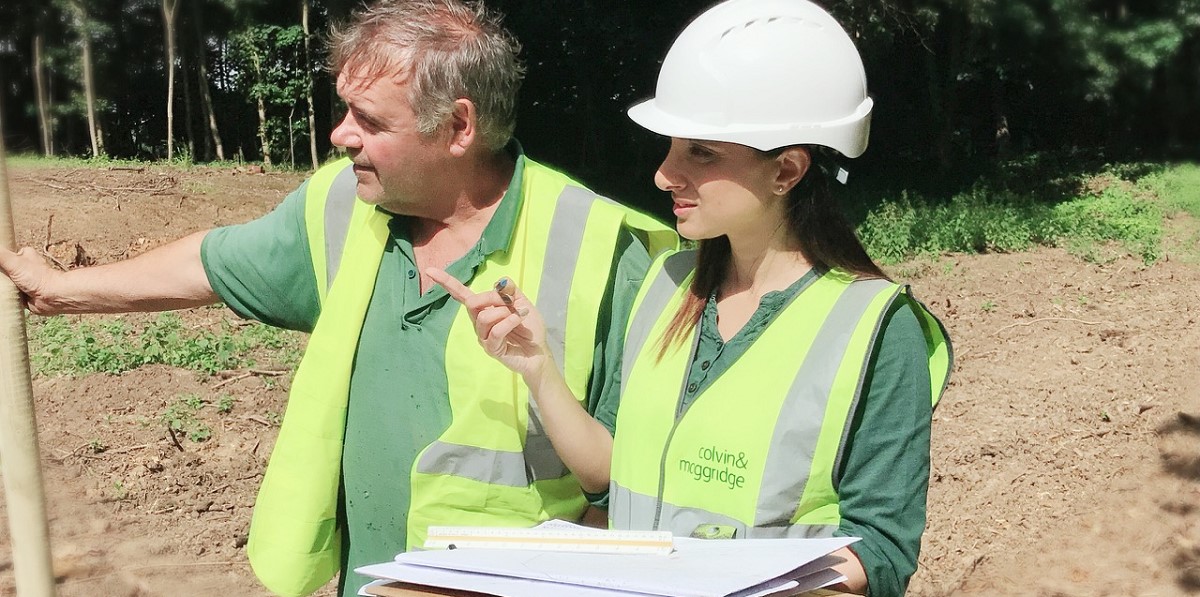




0 thoughts on “How To Remove Walls In Landscape Architect 2016”